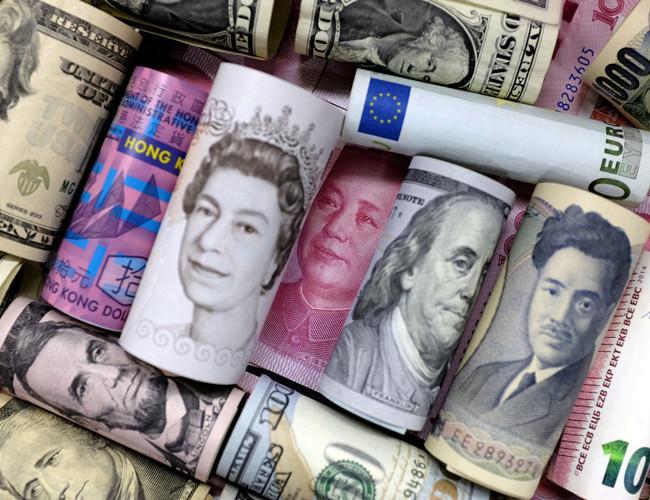
The global non-bank or “shadow” financial sector was estimated to be worth some $45.2 trillion at the end of 2016, marking a clear hike from a year earlier, financial regulators said March 5.
In a report, the Financial Stability Board (FSB) said shadow banking activities across 29 jurisdictions, which together represent more than 80 percent of global GDP, grew 7.6 percent in 2016.
The sector includes hedge funds and finance companies or securities entities that provide credit or credit guarantees without being regulated like a bank.
The international regulatory body said the growth in the sector seen in 2016 was largely driven by collective investment vehicles, like credit hedge funds and money market funds.
This segment swelled by 11 percent during the year to an estimated value of $32.3 trillion, FSB said.
Following the 2008 financial crisis, when the collapse of international banks threatened to bring down entire economies, the size and systemic risk of the little-regulated shadow sector also came under scrutiny.
This sparked the creation of the Switzerland-based FSB, which monitors and makes recommendations about the global financial system to the G-20, and which publishes annual reports into the parallel banking system under its remit to promote internationally transparent financial stability.
“Market-based finance provides increasingly critical alternatives to bank lending in the financing of economic growth,” said FSB chair Mark Carney, who also serves as governor of the Bank of England.
“It is vital that resilience of the sector is maintained as it continues to evolve,” he said in a statement, stressing that “a close understanding of emerging risks helps guide our judgement on appropriate policy responses.”
In 2015, FSB introduced a narrower definition of the shadow banking sector, concentrating particularly on credit intermediation that may pose financial stability risks.
According to its previous, larger definition of the sector, comprising all financial institutions except central banks, banks, insurance corporations, pension funds, public financial institutions, and financial auxiliaries, it was valued at $99 trillion at the end of 2016, accounting for 30 percent of global financial system assets, FSB said.